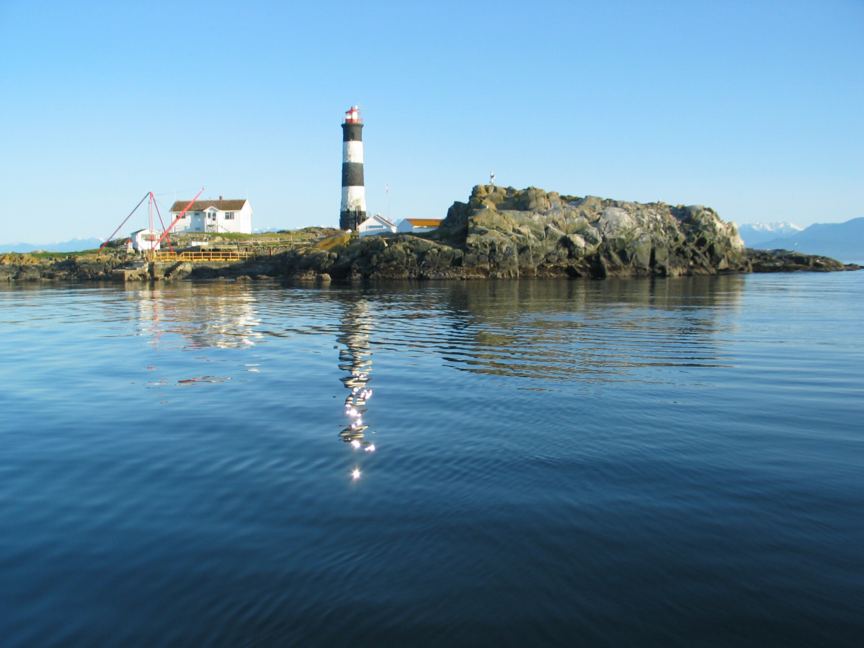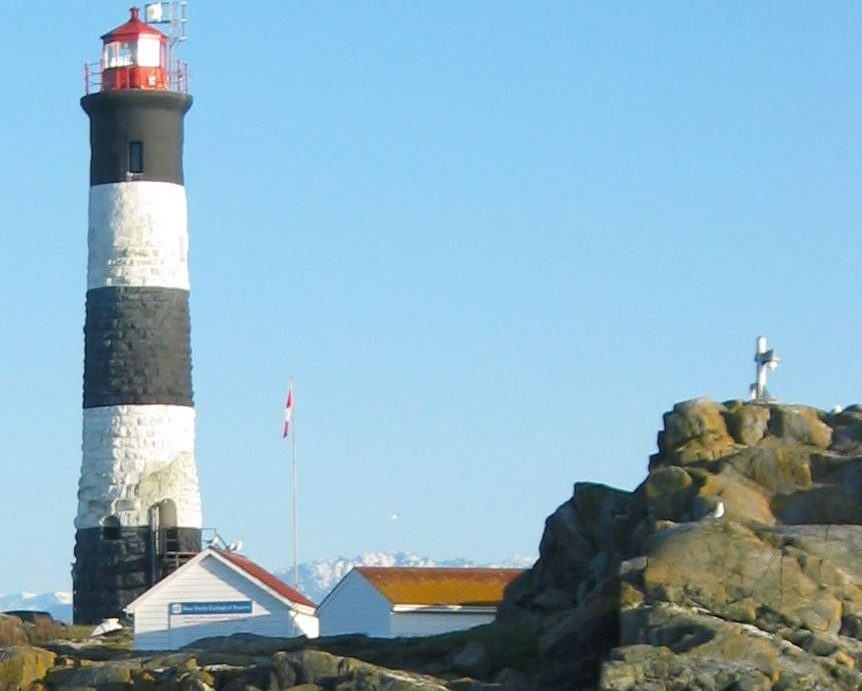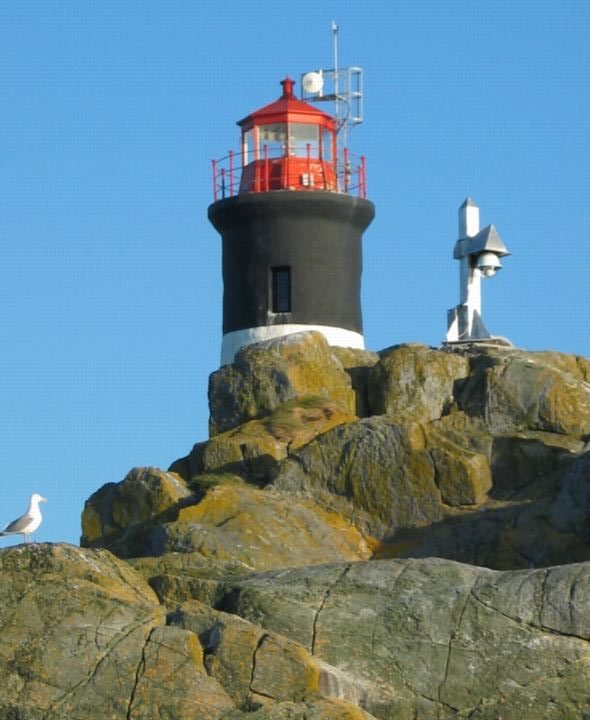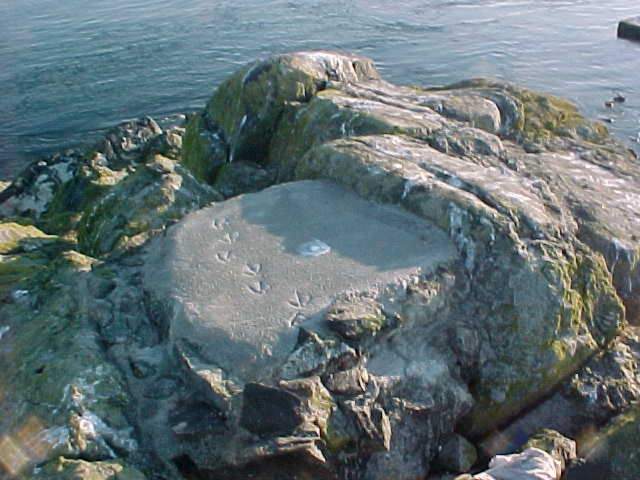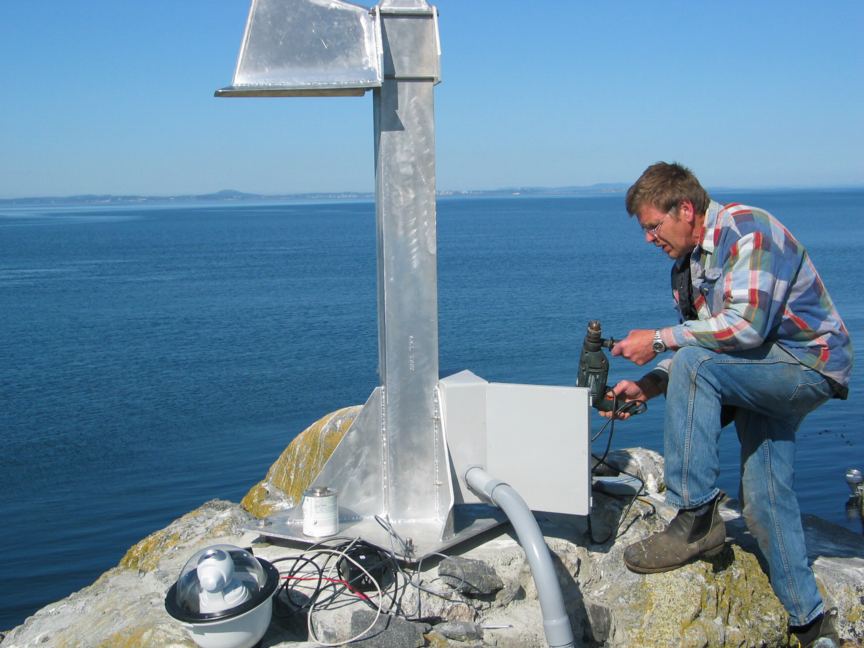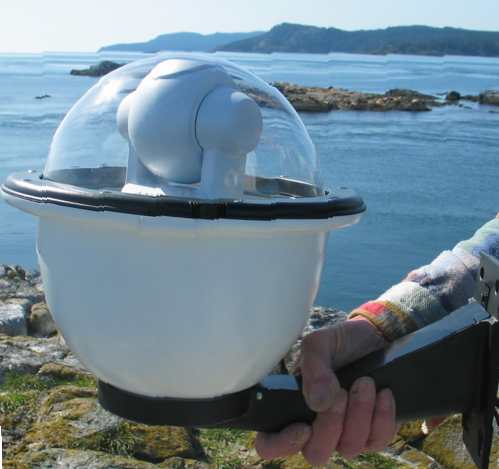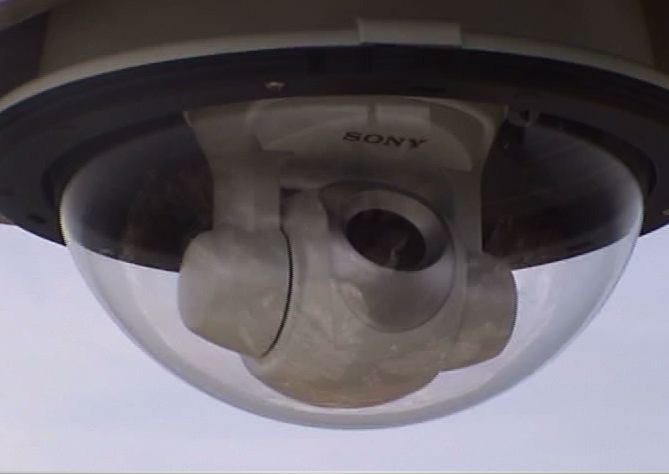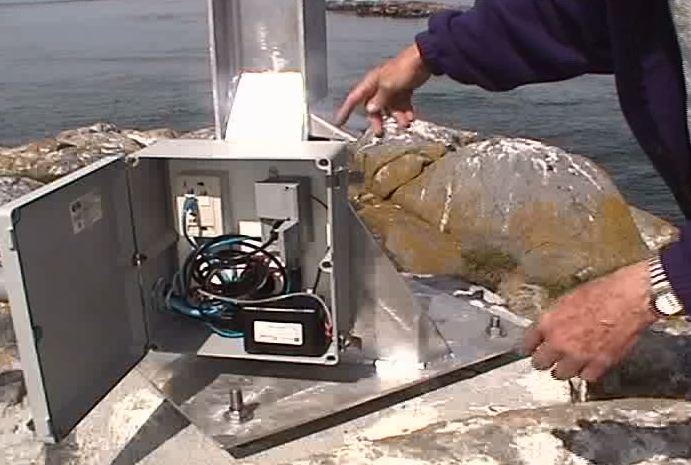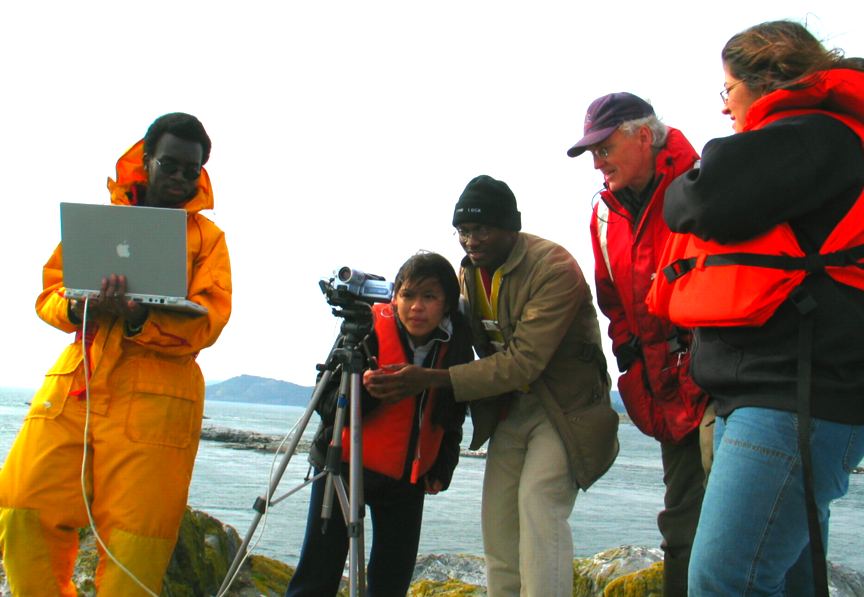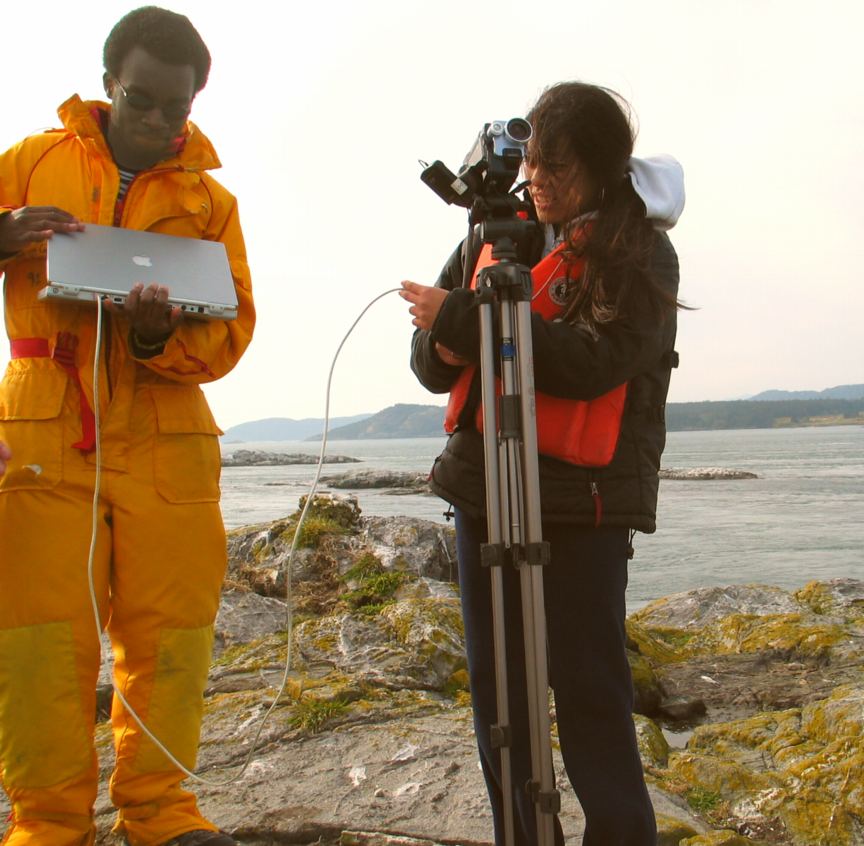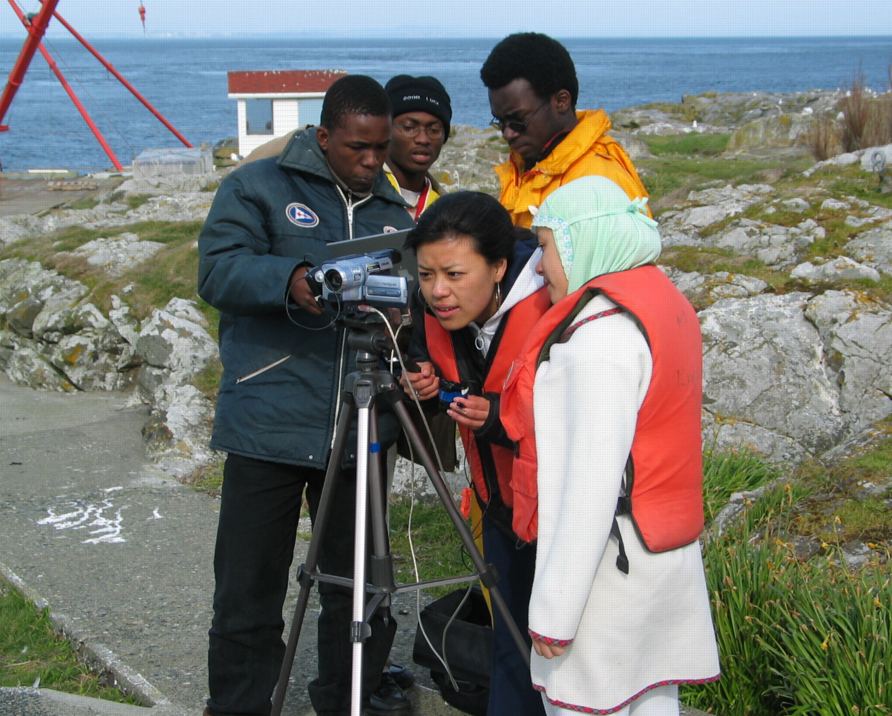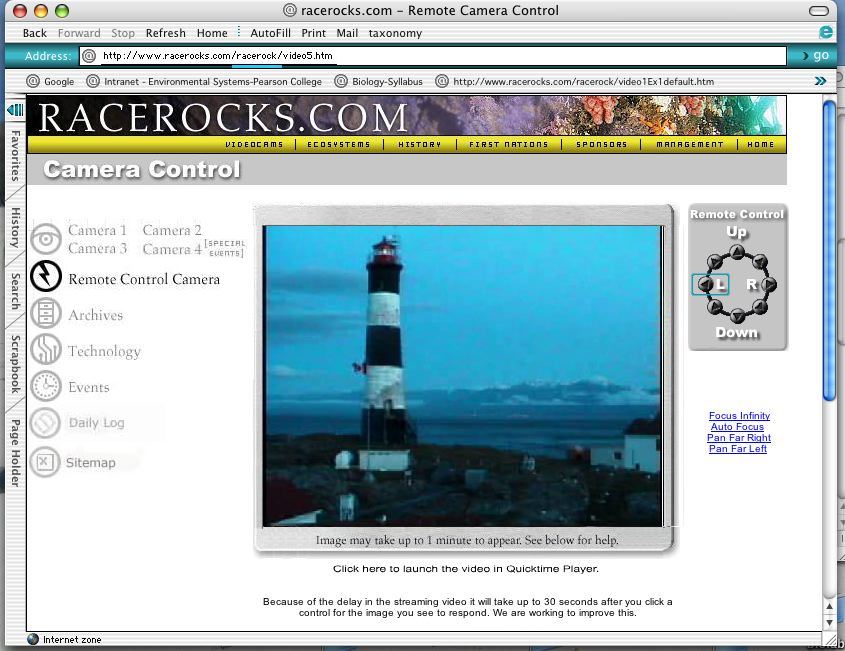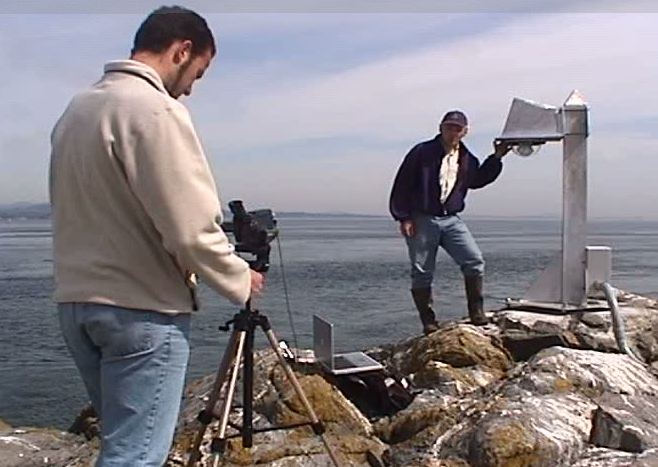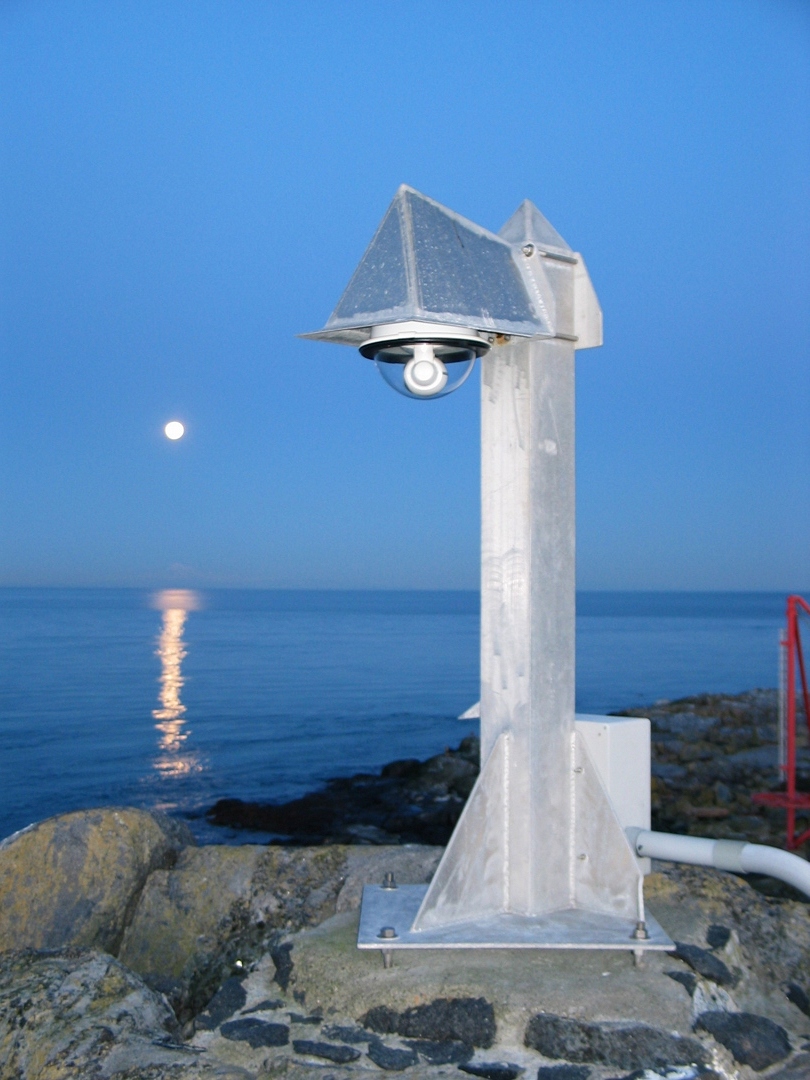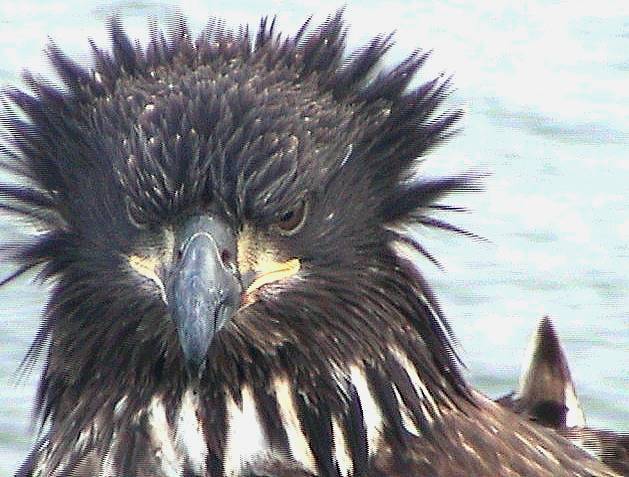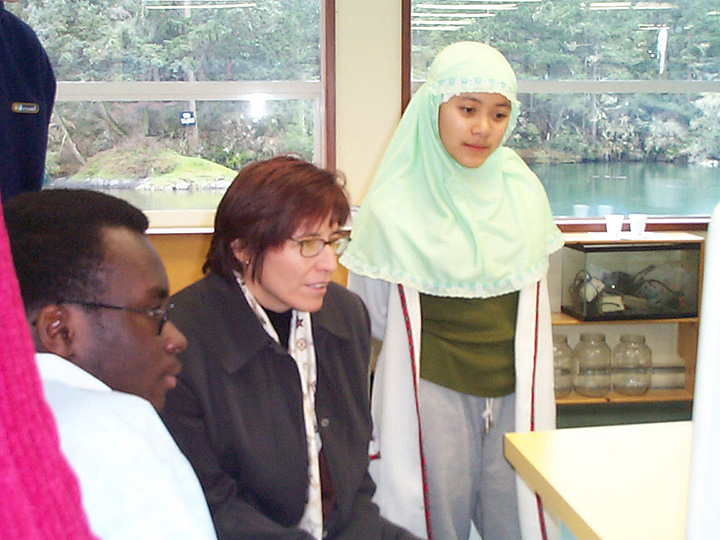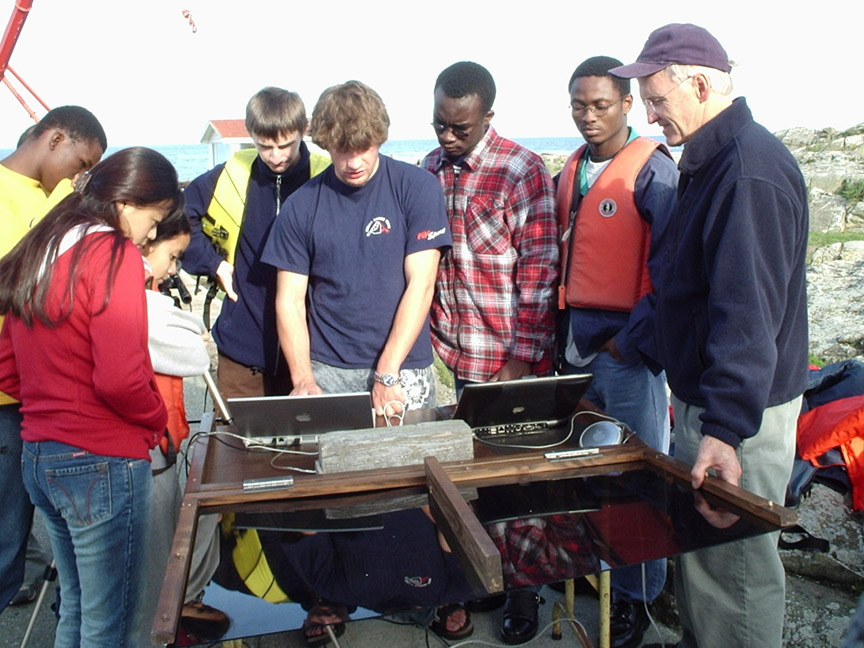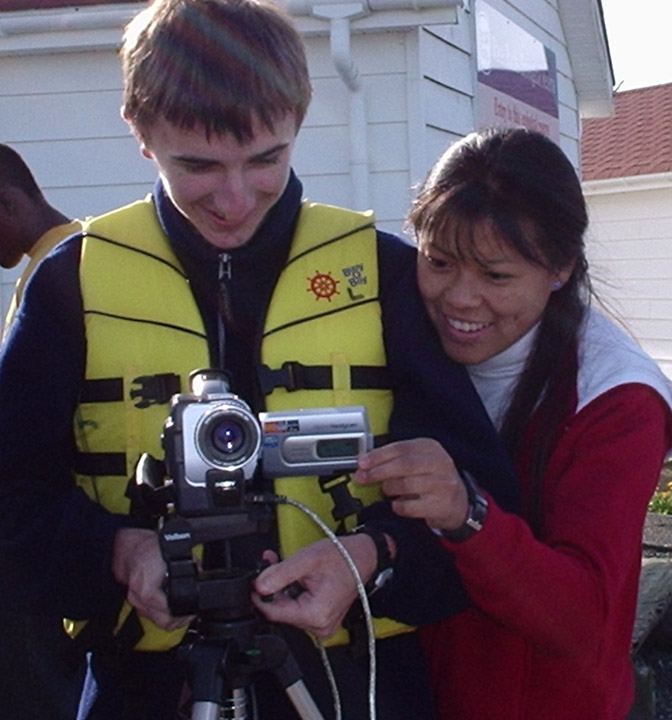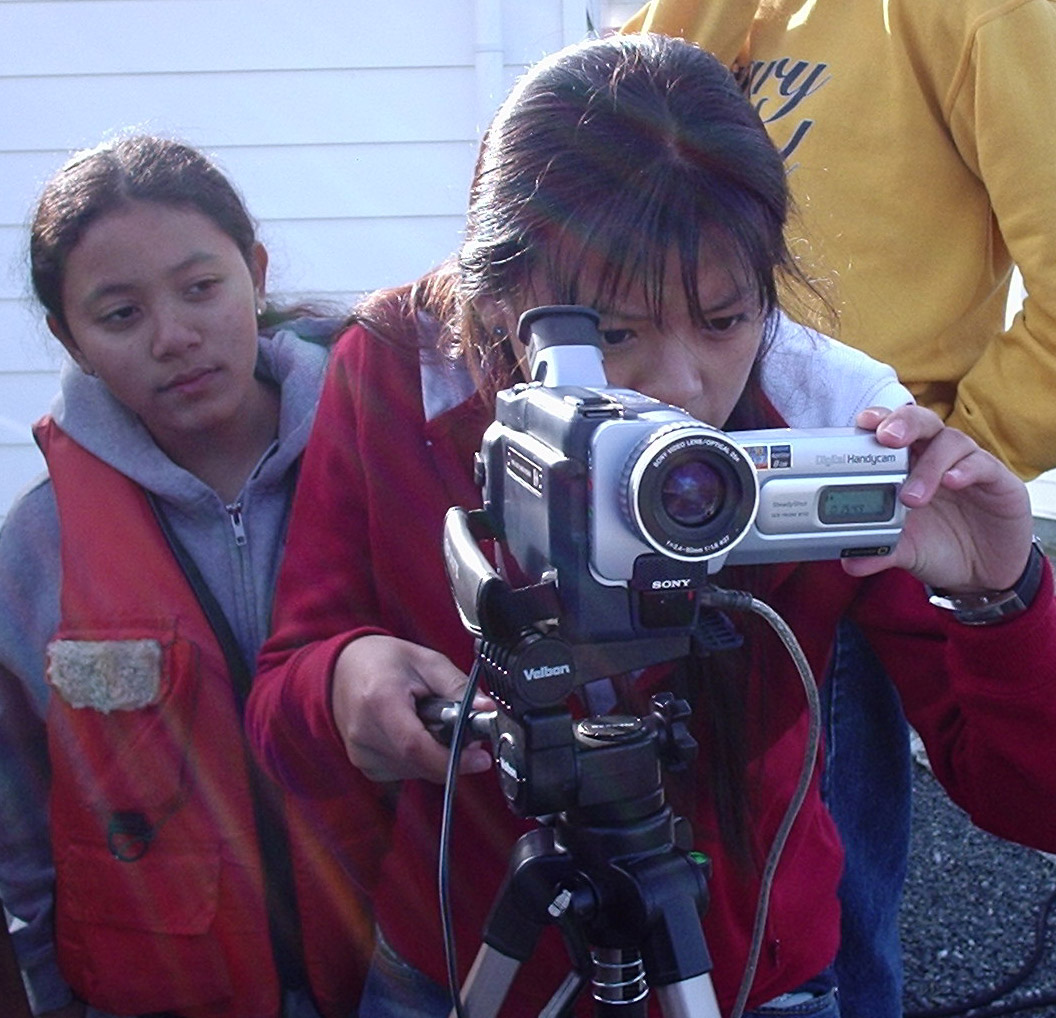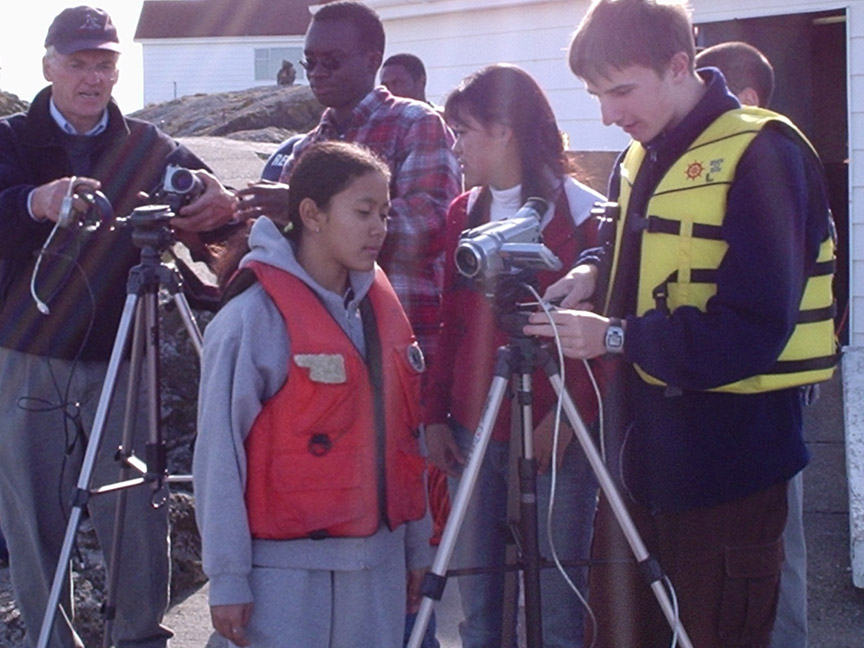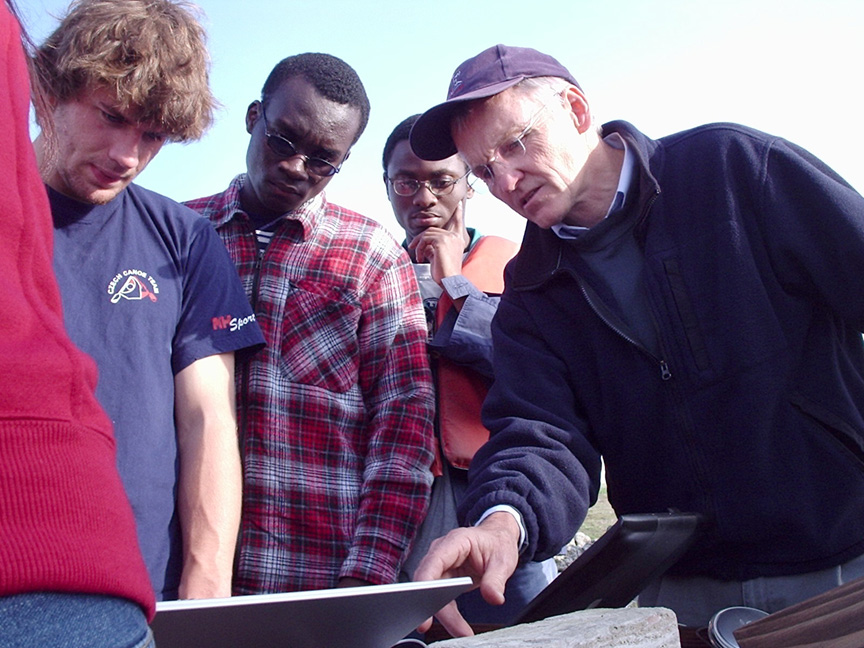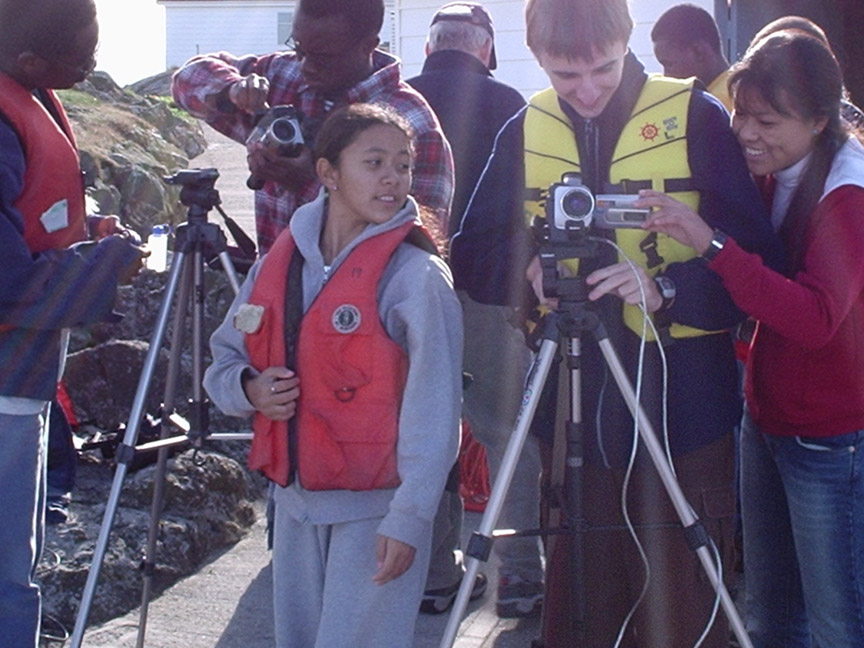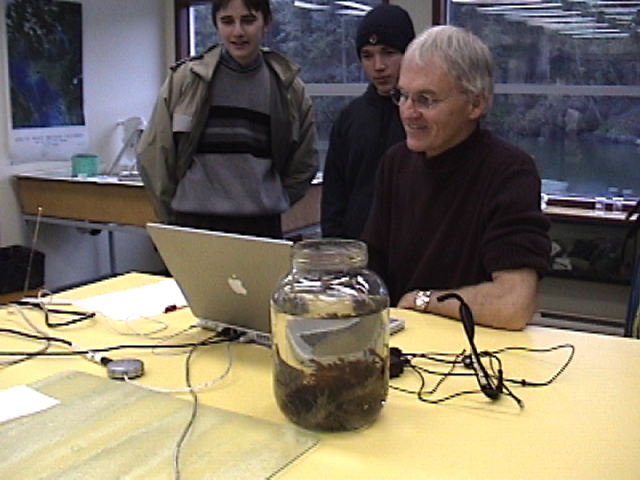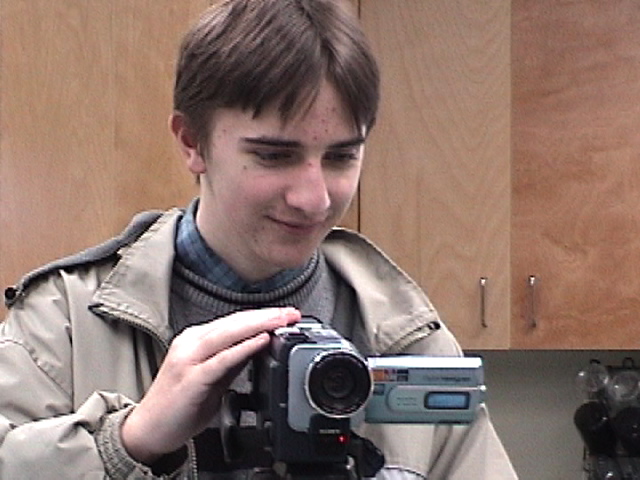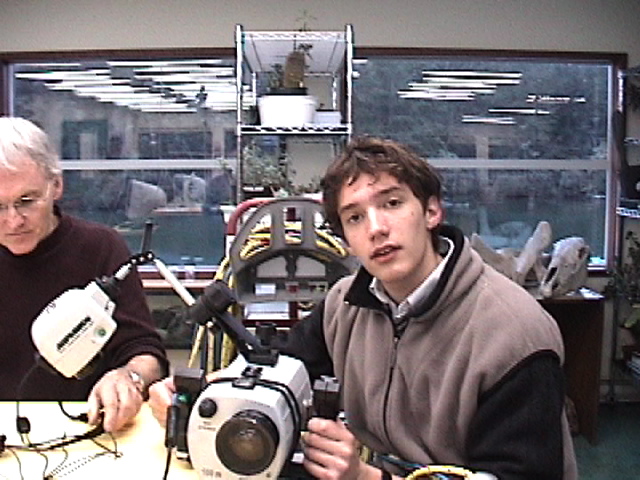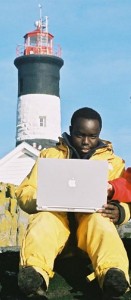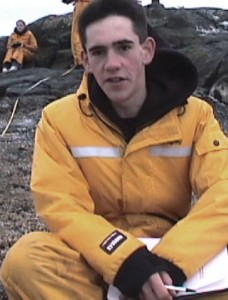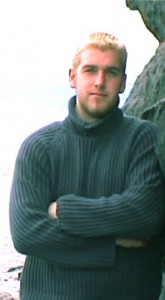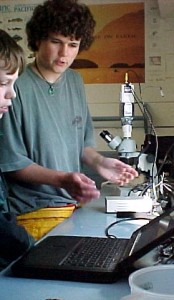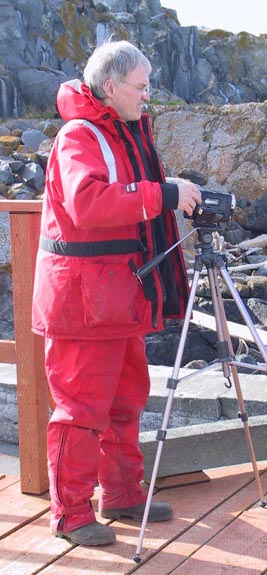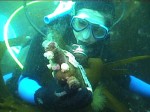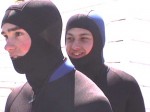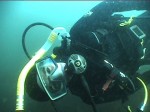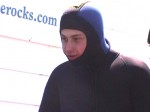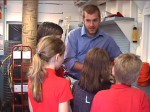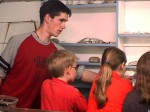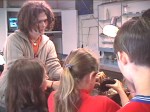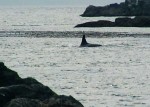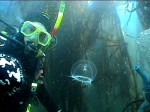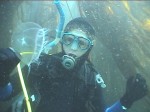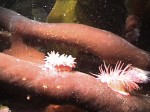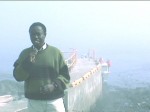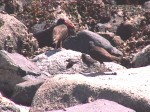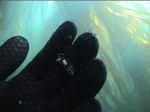The permit for the Tidal Current energy Project at Race Rocks for the time period 2004-2006 is included here:
Research and educational activities may only be undertaken in an ecological reserve, protected area or provincial park (referred to in this application as a “protected area”) when authorized by a valid permit issued by the Ministry of Water, Land and Air Protection (referred to here as “BC Parks”) under the Ecological Reserve Act, Environment and Land Use Act or Park Act.. Research and education activities must contribute to the scientific knowledge of the protected area(s). Only applications that are considered by BC Parks to be compatible with the conservation and recreation objectives identified for the protected area(s) involved in the proposal will be evaluated.
Please complete this application form and submit it with the detailed proposal description, for evaluation, to the Park Use Permits address on page 2 of this application. Supplying insufficient information will delay evaluation. No fee is required.
NOTE: 1. Allow 60 business days for evaluation of this proposal.
2. More information may be requested from the applicant during review of this application.
3. Submission of this application does not entitle the applicant to any rights or permission to proceed with any activity in any protected area.
4. This application is subject to review under the BC Parks Impact Assessment Process.
5. The final report of the research project must be submitted to BC Parks.
6. Any specimens whether biological, fossils, geological or other artifacts, are the property of the provincial government and their disposition will be specified by BC Parks.
7. BC Parks reserves the right to refuse any or all applications.
APPLICANT INFORMATION
COMPANY/SOCIETY/INDIVIDUAL NAME:
Pearson College and
Clean Current Power Systems Incorporated
INCORPORATION NUMBER, if applicable:
BC #630110
MAILING ADDRESS
650 Pearson College Drive
336 – 1275 West 6th Avenue
CITY / TOWN
Victoria
Vancouver
PROV / STATE:
B.C.
POSTAL / ZIP CODE:
V9C 4H7
V6H 1A6
BUS. PHONE NO. (Area Code):
(604) 739-xxxx
FAX NO. (Area Code):
(250) 391-xxxx
(604) 738-xxxx
NAME OF CONTACT:
name
Glen Darou
DATE OF BIRTH: (dd/mm/yy)
27/04/42
E-MAIL:
cleancurrent@telus.net
BUS. PHONE NO. (Area Code)
(250) 391-xxxx
(604) 739-xxxx
FAX NO. (Area Code):
(250) 391-xxxx
(604) 738-xxxx
CELLULAR PHONE NO. (Area Code):
(250) xxx-xxxx
(604) 916-xxxx
NAME OF PROTECTED AREA(S):
Race Rocks Ecological Reserve
PERIOD OF USE (inclusive):
FROM: July 1, 2004 TO: July 1, 2016
List all activities to be undertaken:
Collection of Specimens Survey/Inventory ◙ Research
Monitoring Educational
Other(s) (specify):________________________________________________________
Please attach a detailed proposal that addresses the following (A-C):
A. Please describe the project and provide the following information:
1. purpose of research or educational activity;
2. geographic location(s) of the activity (provide maps to an appropriate scale);
3. scope and objectives of the research or educational activity;
4. proposed methodology;
5. detailed schedule for the project from start to completion with major benchmarks. Indicate how sensitive this schedule is to change (delays in approval, weather, etc.);
6. resources required to undertake and manage the project, including all costs, proposed funding sources and other resources (equipment, supplies etc.);
7. relevance of the proposal to the conservation and education mandate and objectives of the provincial protected area system and how BC Parks will benefit;
8. the reason for, type, number and intended use for each specimen collected;
9. effects on vegetation, wildlife, species and ecosystems at risk and other protected area values;
10. what actions will be undertaken to mitigate impacts on protected area values resulting from the proposed research or educational activity; and
11. what report type(s) (thesis, publication, etc.) are anticipated and when will they be produced.
B. Names of each researcher or educator involved with the project and their
1. academic qualifications;
2. duties with respect to the project; and
3. previous relevant projects and a list of published papers based on activities within protected areas.
C. From the following list, use a “v “ to select all potential adverse impacts of the proposed activity. Provide additional detail for all impacts selected, including proposed mitigation.
Adverse and permanent effects to:
conservation, recreation and/or cultural values
character and aesthetics of the protected area
Adverse effects to:
red/blue-listed species or ecosystems, species at risk, biogeoclimatic representation, etc
critical or geographically unique characteristics
public health and safety
traditional use of the area by First Nations
local communities
recreational use or enjoyment of the protected area (regardless of the intended benefits of the proposed action)
Fees: Fees are not charged for research and education activities.
As required under Section 21 of the Park Act, the applicant agrees to pay the Province the costs incurred by the Province in surveying, cruising, examining and inspecting the area affected by the application; and
THE APPLICANT HEREBY CERTIFIES THAT ALL THE INFORMATION PROVIDED IN THIS APPLICATION IS TRUE AND CORRECT. Date:___________________
Signature of Applicant or Authorized Signatory of Applicants:___________________________
___________________________
Send completed application and proposal description to:
Ministry of Water, Land and Air Protection Park Use Permits PO Box 9371 Stn Prov Govt Victoria BC V8W 9M3
For more information please call:
Enquiry BC 387.6121 (Victoria), 604.660.2421 (Metro Vancouver) or 1.800.663.7867
Detailed Proposal
Tidal Turbine Generator Replacing Diesel Generators at Race Rocks Ecological Reserve
A.
Purpose of the project
To develop, install and test tidal turbine generator technology used in conjunction with an electricity storage system to replace existing twin 15 kW diesel generators
The turbine generator will be place in 12 metres of water between the main island of Great Race Rock and Middle Island. The location is called “Middle Passage”. The storage system will be located in the existing generator building on the main island of Great Race Rock.
Scope and objectives of research
Overall
•Produce sufficient energy to displace the existing diesel generation
•Create a 3+ metre design directly scalable to 1.0 MW commercial unit.
•Validate the design prior to the 1.0 MW program.
•Demonstrate the operability and reliability of the unit
Generator
•Demonstrate generator performance
•Develop a control system to maximize power output at a given flow condition
•Perform power conditioning based on site requirements
Turbine
•Validate blade and overall hydraulic performance
•Quantify starting performance and cut-in speed
•
Deployment
•Determine deployment configuration
•Demonstrate method of deployment
•Develop periodic maintenance techniques and schedule
•
Material
•Perform material testing in areas of biofouling and corrosion resistance
•Assess materials resistance to impact and erosion
Proposed methodology
See 5
Detailed Schedule
This schedule can be completed if permit approvals are obtained by September 1, 2004. Installation will be scheduled in September and October to avoid weather delays. Work will be done in advance whenever possible to avoid nesting seasons and other ecologically sensitive periods.
Clean Current Power Systems will provide funding for the project. Clean Current will obtain its funding from Sale of Common Shares. Costs excluding administrative overhead are as follows:
Cost Items
Cost (CDN$)
Turbine
Development
Design Engineer (1)
$345,000
Hydraulics/CFD Engineer (1)
$345,000
Computer (2)
$5,520
Software (CFD, Design, Analysis, Optimization)
$110,400
Prototype Testing (Diffuser, Bearings)
$41,400
Fabrication
$220,800
Generator
Development
Generator/Power Engineer (1)
$345,000
Electrical/Mechanical Technician (1)
$172,500
Computer (1)
$2,760
Software (FE, Misc.)
$13,800
Bench Testing
$16,560
Life Testing
$2,760
Fabrication
$100,740
Turbine/Generator Assembly
$13,800
Deployment Structure
Development (Consultant)
$207,000
Site selection and analysis
Tidal resource assessment
Installation
Fabrication
System Design
Development
Power Engineer or Consultant
$69,000
Electrical & mechanical brake, starter motor, power control system, power conditioning, data acquisition system)
$44,160
Assy and Installation
$20,700
Power Storage (Battery)
$483,000
Material Selection
Development (Consultant)
$41,400
Component Testing
Environmental Studies/Approvals
$20,700
Regulatory Approval
$20,700
Testing Program
Pontoon Boat
$48,300
Inspections/ Maintenance Plan
$20,700
Equipment Spares
$34,500
Transportation
$34,500
Sub Total
$2,780,700
Rough Order of Magnitude Factor (20%)
$556,140
Total Cost
$3,336,840
This proposal creates renewable energy to displace fossil fuels. The proposal conforms to Page 16 of the Race Rocks management plan for Facility Management
“Objectives:
•To showcase alternative, low impact technologies”
No specimens will be collected.
Existing buildings and conduits will be used wherever possible. One large hole will be drilled through bedrock to create a conduit for electrical cables (and system monitoring instrumentation) under water to about 3 feet above the high water mark. The purpose is to avoid shoreline turbulence and associated cable damage. Drilling one hole to place a post upon which the turbine generator will be mounted will disturb the bedrock in the middle of the passage.
Scheduling will be used to avoid disturbing birds during nesting season. Consultations with marine biologists will be used to assess impact before deployment of the unit. Underwater cameras will be used to monitor the impact of the turbine generator on fish and ocean mammals.
This will be the first free stream tidal turbine generator installed offshore in Canada and it will attract attention from commercial media. It is expected that Pearson College will publish studies of the ecological impact of this form of renewable energy.
Pearson College Input:
In keeping with our long term commitment to B.C. Parks the Marine Protected Area Initiative of DFO and the First nations to provide a level of stewardship for Xwayen, we would like to highly recommend this project.
The bottom line in our stewardship commitment is to keep the area ecologically sustainable and to ensure long term ecological integrity.
This proposal fills a serious need, the provision of low or no- impact technology for the generation of electricity to ensure our ability to operate in the reserve. We presently power the station and heat the residences with diesel fuel. The potential negative impact of this need on the ecology of the area could be enumerated as follows:
The fuel is supplied to the island on a bi-monthly basis by staff of the college using the boat “ Second Nature” Although we operate under the strictest standards for this transfer, the possibility always exists that a technical problem with the boat, failure
of transfer pumps and hoses, or human error could lead to a serious ecological impact if fuel oil escaped the transfer system.
The loud noise caused by the diesel generators is an irritant and has possibly discouraged some marine mammals from hauling out in the area. Harbour seals haul out for birthing in higher numbers a distance away from this otherwise ideal location.
The aesthetics on the otherwise pristine environment of the island of the generator noise is a legitimate concern.
Five species of Marine birds nest on the island. The constant noise from the generators could be impacting negatively on behaviour: predator response capability, foraging and mating/nesting behaviour.
Fuel storage on the island is by double-hulled 1000-gallon tanks which currently meet the required environmental standards but which do have a life span and therefore will eventually need replacement. Also since there are probably no other parallel examples of such diesel oil storage in ecologically sensitive areas, it is doubtful whether existing standards are adequate.
The fuel storage tanks on the island are vulnerable in the event of earthquakes.
The severe weather that the area experiences on many days of the year and the high tidal currents ( up to 7 Knots) mean that containment of spilled oil by booms would probably be impossible, resulting in severe species loss in the intertidal zones of the islands.
The marine reserve at Race Rocks, power the research and education facility at Race Rocks with a technology that allows for minimum disruption to the ecological integrity and the long term sustainability we see this proposal as a welcome innovation .

